2012 – One More Disney Day
Building upon centuries of astronomical knowledge accumulated across the ancient world, the Roman Republic calendar (in use from about 700 BCE to 50 BCE) was comprised of uneven years ranging between 355 and 378 days long. Though this Roman calendar’s years varied in length, over the course of meticulously-maintained 24 year-long cycles it proved to pretty accurately average out to keep time with Earth’s 365-ish day journey around the sun.
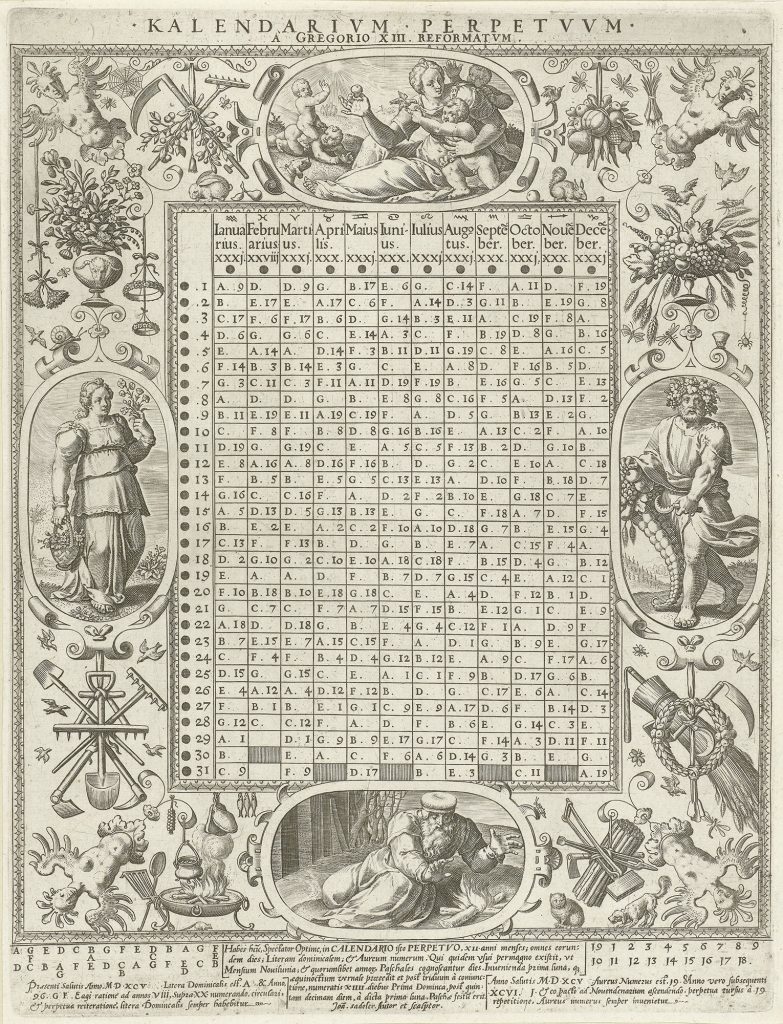
In 45 BCE, at the behest of his advising mathematicians and astronomers, Julius Caesar decreed that across the Roman Empire, a new time keeping system – the Julian calendar – would be adopted. Standardizing years as 365 days, the Julian calendar would account for Earth’s approximately 365.25-day long trip around the sun by inserting a “Leap Day” – February 29 – on every fourth year to prevent the calendar “drifting” off of the planet’s revolution.
(While the Julian calendar got close, the truth is that a year on Earth isn’t 365.25 days; it’s 365.24219 days, meaning that even the Julian calendar “drifts.” The Gregorian calendar that took effect in 1582 corrects the slight inaccuracy by keeping the “Leap Day” on any year divisible by 4 except for years divisible by 100 unless the year is also divisible by 400 – i.e. 1900 was not a Leap Year, but 2000 was. If we hadn’t switched to the Gregorian calendar in 1582, today’s date would be 13 days in the past thanks to 500 years of Julian “drift.”)
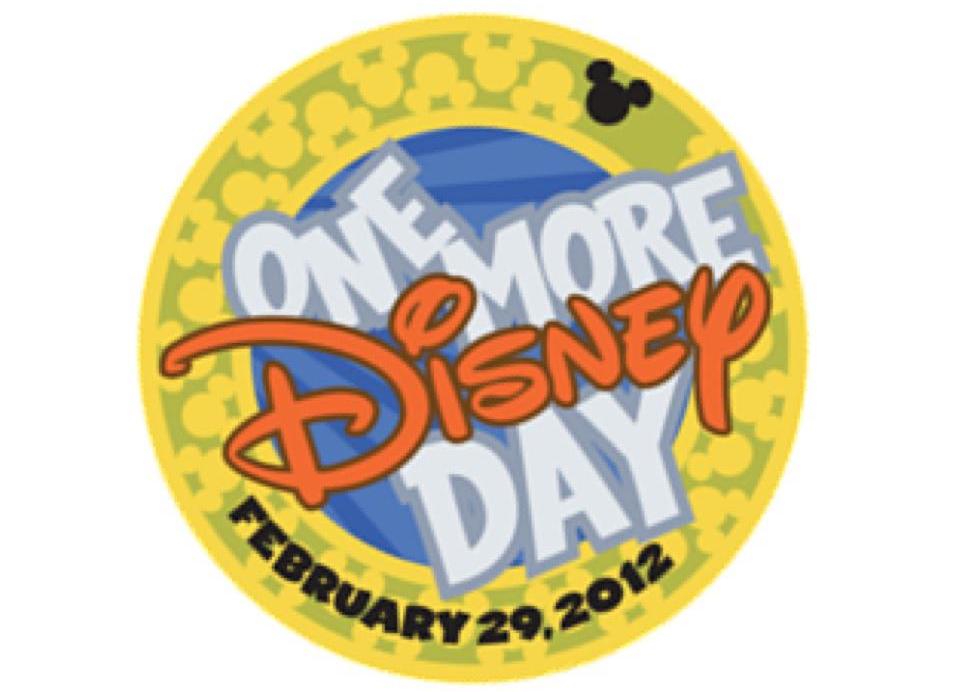
And what’s the point of having an extra day if you don’t use it at Disney Parks? Yes, in 2012, both Disneyland and Magic Kingdom were open for 24 continuous hours, from 6 AM on February 29 to 6 AM on March 1. It wasn’t the first time that Disneyland had been open for 24 continuous hours (or more), nor would it be the last. Disneyland continued hosting 24-hour events in 2013, 2014, and finally 2015, where the all-nighter coincided with the launch of the park’s 60th Anniversary Diamond Celebration.
We’ll let you decide whether “One More Disney Day” really belongs in a list of annual promotions. After all, the campaign centered on a single day, which was finished just 60 days into the year. It’s certainly no “Year of a Million Dreams,” but as Disney clearly began reassessing what kinds of promotions its parks needed, it serves as a unique experiment.
2013 – Limited Time Magic

The promise of “Limited Time Magic” was one of the strangest in Disney Parks promotions – essentially, “special entertainment, events, souvenirs or surprises” that would change from week-to-week, disappearing forever if you missed them.
There was an air of “kitchen sink-ness” to the campaign, which basically turned each of the year’s 52-weeks into loosely-constructed mini-campaigns. “True Love Week” (around Valentine’s Day) saw limited-time sweets and prix fixe menus; “Long Lost Friends Week” featured rare character meet-and-greets; Frontierland’s Golden Horseshoe Revue returned for a single month…
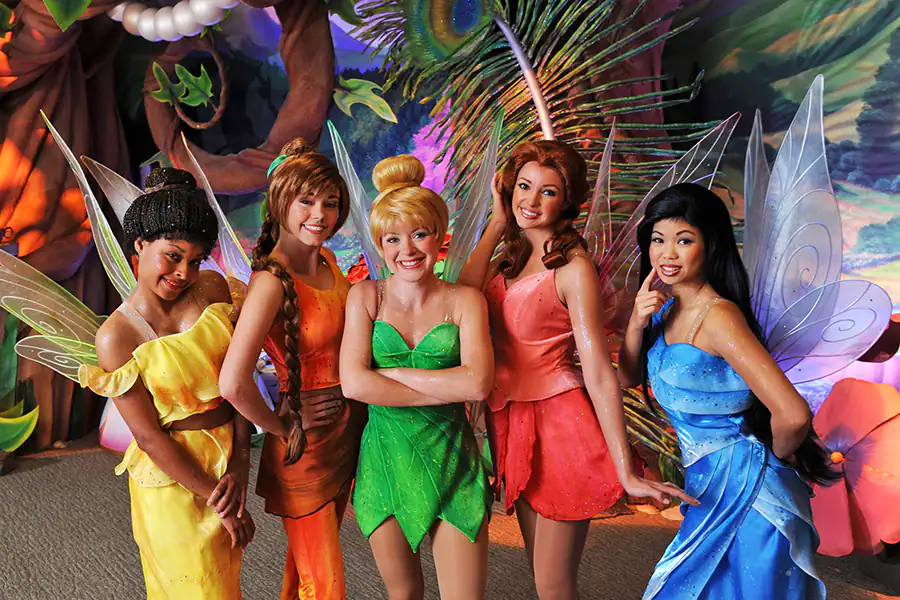
On September’s Friday the 13th, Disneyland and Hollywood Studios stayed open until “13 o’clock” (1 AM) with Villain meet-and-greets in the parks; “Pirate Week” saw “Pirate-Palooza” parties at both resorts; “Fairies Week” saw the characters from the Tinker Bell spin-off Fairies series appear… Indeed, it seems as if the parks were sifting through warehouses to develop a rolling calendar of what upcoming weeks could be.
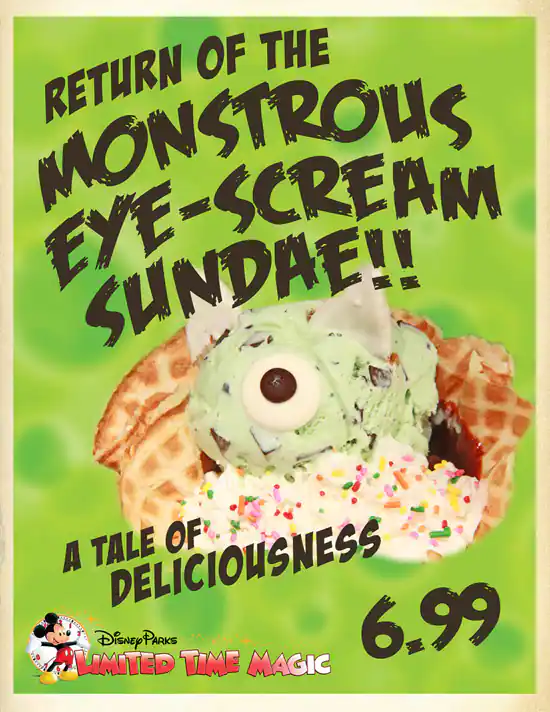
As you might expect, the “Limited Time Magic” mini-events ranged in scale, quality, and importance, but were generally well-received. And unlike many campaigns that followed, these day, week, or month-long events actually bolstered guests’ experiences in-park, with ever-changing, well-orchestrated plusses that spoke to Cast Members’ flexibility. It meant that every visit to the park for locals or Annual Passholders felt “fresh” while also banking on a post-Happiest-Homecoming market of popcorn buckets and resellers that turned every week’s limited-time snack or limited-edition merch into a must-document, social media-ready collectible.
What the campaign did not do well is to incentivize out-of-town visitors, who were unlikely to be able to coordinate their cross-country trip or time off work with ever-changing, weekly-rotating events. But even if “Limited Time Magic” probably wasn’t the best name, and even though the promotion has returned several more times to fill un-programmed months and years with filler content to fans’ chagrin, it did its job.
2014 – #DisneySide
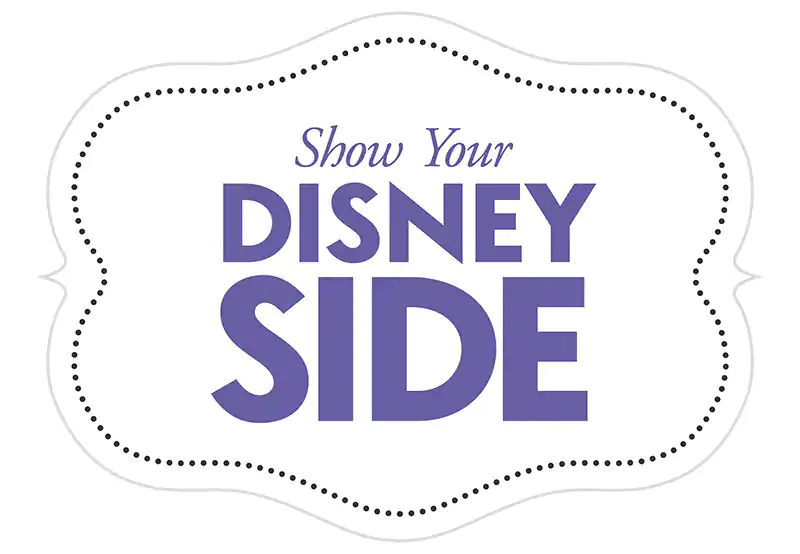
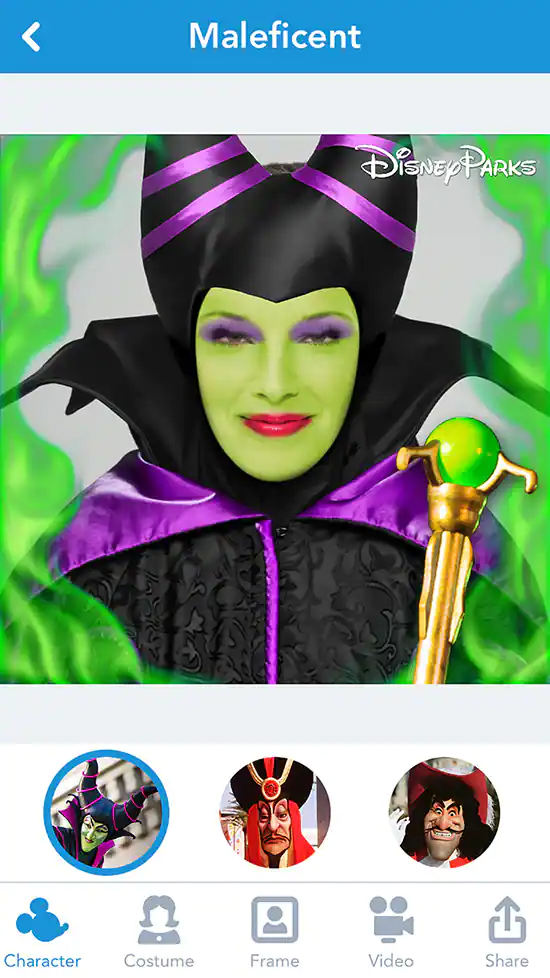
As ever, Disney’s 2014 campaign – “Share Your #DisneySide” – not-so-coincidentally lines up with the ever-changing tech capabilities of Americans. Whereas 2011’s “Let the Memories Begin” aligned with the birth of Instagram and the first inklings that phones and cameras would become one-in-the-same, by 2014, nearly two in three Americans reported owning a smartphone, Facebook users surpassed one billion, and # ceased being the “pound symbol” and became forevermore the “hashtag.”
Disney suggested that the social media friendly promotion was about “showing your Disney side – the side of you that says “yes” more often, laughs louder and lives life to the fullest; the side of you that embraces fun and comes out to play the moment you step through the gates at Disney Parks.”
But unlike past years, the DisneySide campaign didn’t really have any in-park benefit, messaging, or focus. Honestly, that makes sense, too. In 2014, Disney had officially purchased Lucasfilm (adding it to their stockpile of Pixar from 2006 and Marvel from 2009), and it was clear that the Parks were on their way into a supporting role as Disney’s Iger-era accumulation of IP, franchising, and licensing took center stage in the so-called Content Wars that were soon to come. The #DisneySide campaign asked for Disney fans to embrace “lifestyling,” buy merch, post about Disney’s brands, and swear allegiance to Disney + Pixar + Marvel + Star Wars.
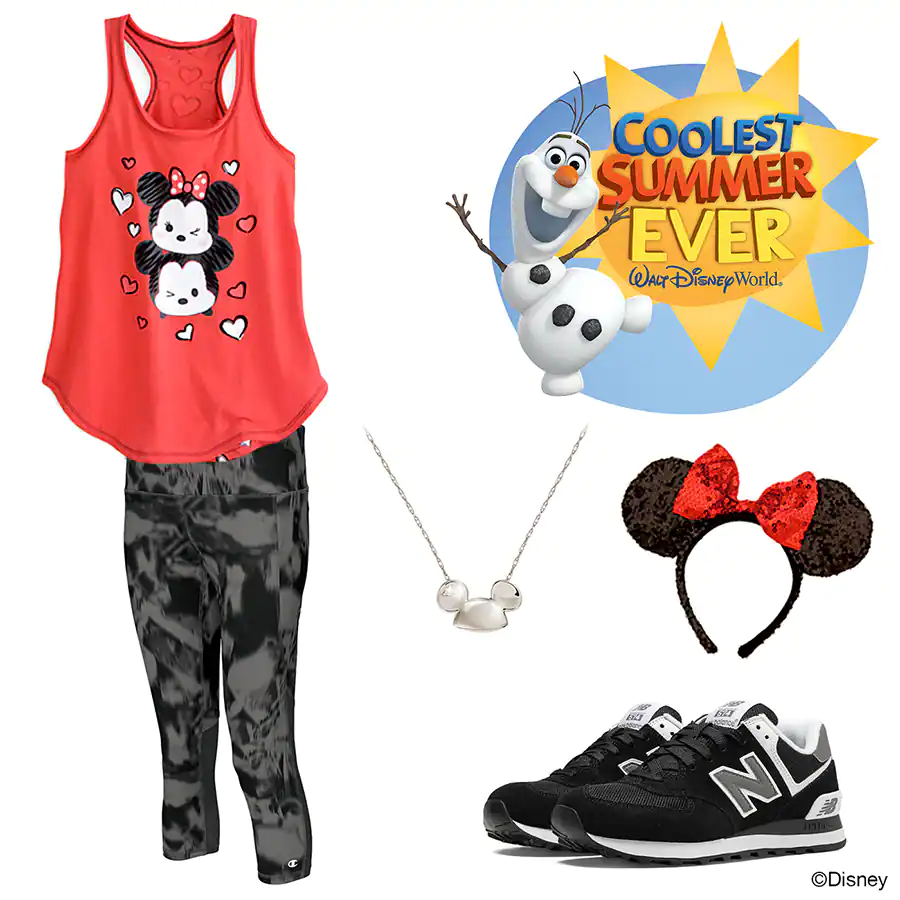
Put well by Theme Park Insider’s Robert Niles, the #DisneySide campaign represented a shift wherein rather than advertising theme parks or films or merchandise, Disney’s product was Disney – the Brand and the Lifestyle. The DisneySide promo smartly figured that we, the people, had far greater reach via social media in proselytizing the “magic” of Disney than any campaign could.
Obviously, it worked. People happily identify as “Disney Fans” and hang “We ♥ Disney” in their hotel room windows; can you imagine anyone self-identifying as “Comcast Fans” or hanging “We ♥ Universal” signs in their windows at Cabana Bay? Disney does have an air that no one else can match, and the DisneySide began the weaponization of it.
While #DisneySide might not have caught on as a hashtag, it clearly served as the catalyst for today, when brand loyalty is at an all-time high and fans readily celebrate a multi-billion-dollar international entertainment conglomerate clobbering competitors, gobbling up studios, and commodifying intellectual property. Speaking of which…


